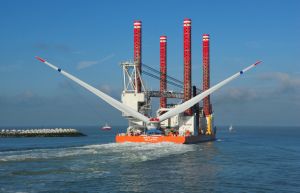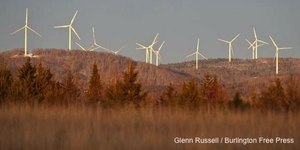FAA adds insult to injury with new Grand Canyon flight permits
Human impacts, News, Wildlands Comments Off on FAA adds insult to injury with new Grand Canyon flight permitsEighteen months after Senators John McCain (R-AZ) and Harry Reid (D-NV) joined forces to undermine the National Park Service’s Grand Canyon air tour management plan just before it was set to go into effect, the Federal Aviation Administration apparently feels that the discounted per-flight fee for quiet aircraft is not incentive enough to encourage the air tour industry to invest in new-generation planes. Rather, the FAA has decided that the best way to do so is to allow 1721 additional flights to the annual parade of planes piercing the skies over the Grand Canyon, so long as these new flights utilize “quiet” aircraft.

“The so-called quiet technology is not quiet,” said Sandy Bahr, director of the Sierra Club’s Grand Canyon Chapter. “It’s less noisy, but it’s not quiet.” Flagstaff resident Jim McCarthy, who did a master’s thesis at Arizona State University on noise pollution in the Grand Canyon, said air tour companies are “gaming the park.” Because the quiet technology is defined by noise per seat, aircraft can be noisier as long as they hold more people, he said. “It can be completely counterproductive.” (above image is the view from an air tour)
A park spokesperson notes that the additional flights only add about 3% to the flights already occurring; at peak times, planes take off every 90 seconds, heading for the two most popular air tour corridors. As with snowmobiles in Yellowstone, the annual cap on allowed flights is far higher than the number of flights that have been occurring in recent years: the FAA authorized about 90,000 flights in 2012, the most recent year for which numbers were available, though only (!) 55,185 commercial air tours were actually flown that year.

 With all this in mind, Dominion Virginia Power’s first commitments to the Virginia Offshore Wind Development Authority
With all this in mind, Dominion Virginia Power’s first commitments to the Virginia Offshore Wind Development Authority  “Even with these restrictions placed on several recently constructed facilities, the board has received complaints regarding sounds produced by the operation of some facilities. These complaints have raised questions about whether the limitations that the board has previously adopted are adequate,” the PSB
“Even with these restrictions placed on several recently constructed facilities, the board has received complaints regarding sounds produced by the operation of some facilities. These complaints have raised questions about whether the limitations that the board has previously adopted are adequate,” the PSB